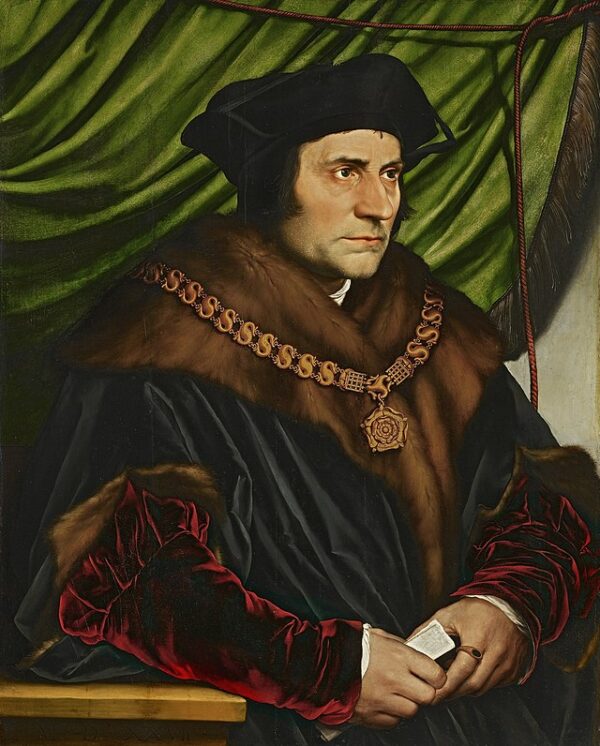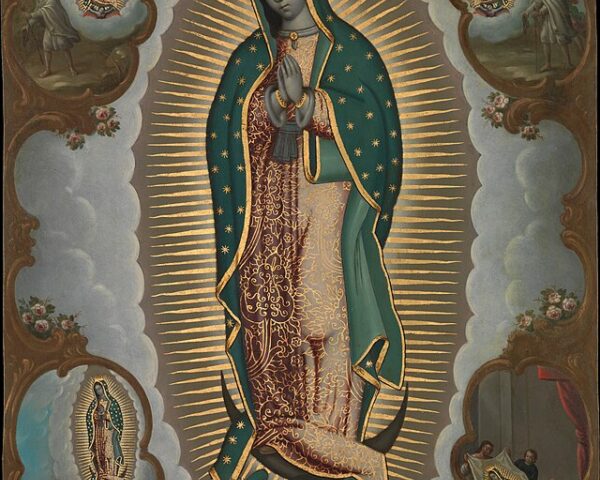Sir Thomas More’s resignation as Lord Chancellor on May 16, 1532, did not provoke a riot in the streets or a dramatic rupture in the Tudor court—but it marked, with grave finality, the moment when one of England’s most brilliant minds stepped away from power rather than betray his conscience. A quiet act of defiance against King Henry VIII’s burgeoning campaign to assert supremacy over the English Church, More’s resignation was neither tactical nor resigned to defeat—it was the opening move in a final stand against theocratic nationalism disguised as royal prerogative.
More had assumed the chancellorship in 1529 following the collapse of Cardinal Wolsey, whose failure to extract papal consent for the king’s desired annulment had rendered him politically useless. But whereas Wolsey had fallen due to incompetence or overreach, More would resign from a position of unimpeachable integrity, his decision rooted not in political expediency but in theological conviction. As Henry VIII pressed forward with what contemporaries called “the King’s Great Matter”—the annulment of his marriage to Catherine of Aragon—More’s place at the center of power became increasingly untenable.
He did not resign in haste. For nearly three years, More sought to navigate the widening breach between his sovereign’s ambitions and his Church’s authority. He maintained formal loyalty to the king, even as he privately questioned the legal fictions used to justify Henry’s annulment efforts. When Parliament, under pressure from the crown, presented the clergy with a forced acknowledgment of the king as “Supreme Head of the Church of England”—qualified only by the vague clause “as far as the law of Christ allows”—More refused to sign his name to the submission. His dissent was quiet but deliberate: a refusal to bestow legitimacy on what he believed to be an assault on the unity of Christendom.
The tipping point came in the spring of 1532. Parliament passed the “Supplication Against the Ordinaries,” a bold declaration against the Church’s traditional jurisdiction, and forced the Submission of the Clergy—effectively compelling ecclesiastical authorities to subordinate canon law to royal approval. For More, a jurist steeped in the scholastic tradition and a humanist who believed in the harmony of faith and reason, this was no longer a political disagreement. It was a theological break with Rome, carried out in the language of legal reform.
On May 16, 1532, citing ill health but moved by deeper concerns, More tendered his resignation to the king. The pretext of infirmity allowed Henry to save face, but no one was deceived. More could no longer serve a government that had positioned itself as the final arbiter of doctrine. By relinquishing the highest secular office in the realm, he chose fidelity over favor—and he did so fully aware of the risks.
Though his resignation did not provoke immediate reprisal, it sealed his fate. He refused to attend the coronation of Anne Boleyn in 1533. He declined to swear the Oath of Succession the following year, which required recognition not only of Anne’s offspring as legitimate heirs but also of Henry’s supremacy over the Church. More’s silence—interpreted as treason—would ultimately be weaponized against him.
By 1535, the crown’s patience had run dry. More was imprisoned in the Tower of London, charged with high treason, and condemned on the basis of dubious testimony. On July 6, he was executed. His final words—declaring himself “the King’s good servant, but God’s first”—have endured as the epitaph of a man who refused to confuse loyalty with obedience.
Yet it was not the scaffold that defined Thomas More’s martyrdom. It was the moment in 1532 when he laid down his power, declined to be party to the machinery of schism, and stepped off the stage rather than allow his office to become a pulpit for royal heresy. It was there, in the silence of resignation, that England’s most principled statesman became its most dangerous dissenter.






